More Evidence About Water Birth
This week Evidence Based Birth released a statement of findings on the safety data available about water birth. As you may recall, we blogged about water birth earlier this year, shortly after the American Congress of Obstetricians and Gynecologists (ACOG) and the American Academy of Pediatricians (AAP) released a joint statement warning about the possible risks of water birth. This warning resulted in some Twin Cities area hospitals stopping their practice of water births. Since then, many hospitals have reinstated their practice of water birth in light of overwhelming evidence that water birth is a safe option for many women.
Health Foundations did not alter their water birth practices as a result of this statement, as the evidence was not there to support any such change. We were honored to serve many women in the Twin Cities who wished to have the option of water birth and chose to change providers to allow for this option.
Evidence Based Birth’s (EBB) recent thorough account of the evidence available on water birth echoes and extends the case for water birth set forth by the American Association of Birth Centers (AABC) and The American College of Nurse Midwives (ACNM) back in April. This EBB article focuses primarily on the safety information available for birth (that is, actual delivery) in water, as the safety of water immersion during labor has already been well established.
Kinds of Research on Water Birth
Discussed in this article are the types of studies that have been used to gather information about the safety of water birth, including but not limited to:
Qualitative descriptions of water birth
Retrospective surveys
Small randomized trials
High quality prospective studies
Case control studies
Case reports
Each of these kinds of studies has their benefits and drawbacks and varies in the quality and reliability of the information they produce. For example, case reports are considered the lowest level of research evidence available. They only discuss a single event, which can potentially give us information about rare occurrences but cannot give us any reliable information about the overall safety and risks associated with water birth. The ACOG/AAP statement issued earlier this year was based primarily on this kind of evidence, while it ignored other, higher quality forms of evidence available. The EBB article also asserts that this statement relied on outdated literature review and made several significant errors of fact.
While the evidence presented in the EEB article is far too detailed (which is a good thing!) to cover in this blog, we wanted to share this resource as a great place for our clients to learn more about water birth safety research currently available. We feel this is a prudent and thorough analysis that allows women and their families to gather the information they need to make an informed decision about water birth.
As a helpful high-level guide, available high-quality research is presented on the following topics:
Effects of water birth on mothers:
Normal vaginal birth
Episiotomy rates
Perineal tear and trauma rates
Need for pain relief and pain scores
Length of labor, by stages
Postpartum blood loss
Birth positioning
Hands-off delivery
Maternal satisfaction with water birth
Pelvic floor function
Effects of water birth on infants
Perinatal mortality
APGAR scores
Respiratory complications
Birth injuries
NICU or Special Care Nursery admission
Umbilical cord pH
Shoulder dystocia
Newborn infections
Group B Strep
Newborn microbiome
Umbilical cord tears
Newborn resuscitation
The article goes on to cover frequently asked questions about water birth, such as:
“Why do women get out of the tub in labor?”
“What evidence is available about VBAC water birth?”
“What are the contraindications for water birth?”
“Why do some women report choosing or enjoying water birth?”
‘What rare adverse events have been reported?”
The bottom line
In this article, EBB includes a section about what all this detailed information means for women as they consider this choice in pregnancy.
While new research continues to improve our understanding of water birth safety, the evidence suggests that low risk women experience a lower episiotomy rate, have higher rates of intact perineum, and use less medicine for pain relief when they choose water birth. While the benefits to newborns are less clear, so far the evidence shows that fewer or equal rates of NICU admission are seen in babies born in water compared to on land.
This research review repeats the sentiment made in the 2014 AABC and ACNM statements that “water birth is a reasonable option for low-risk women during childbirth, provided that they understand the potential benefits and risks.” The review further states that universal bans on water birth are not evidence based.
We encourage you to read this article on water birth and to ask us questions about this birth option during your prenatal visits. It is supremely important that our families have the best evidence available to make informed and empowered decisions about their pregnancies, births and postpartum.
